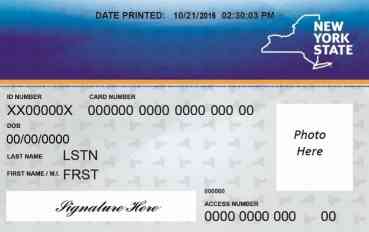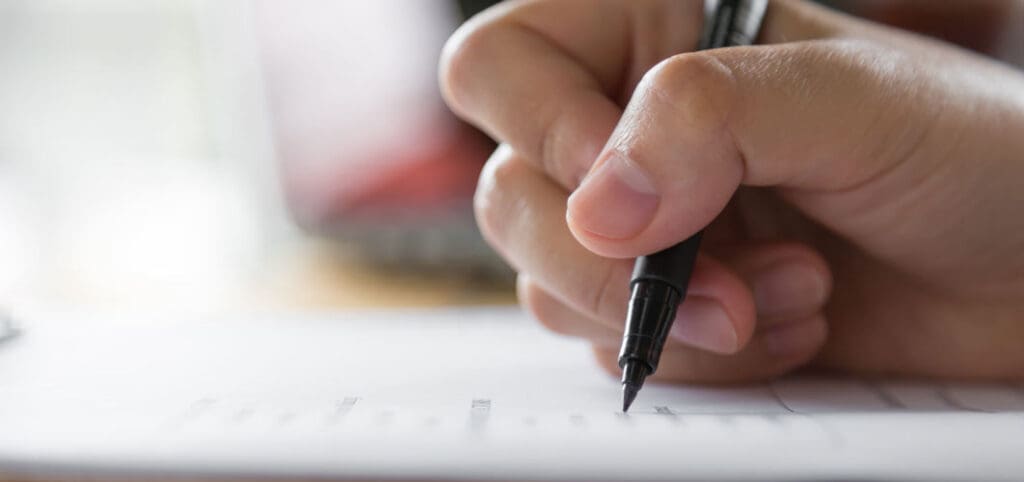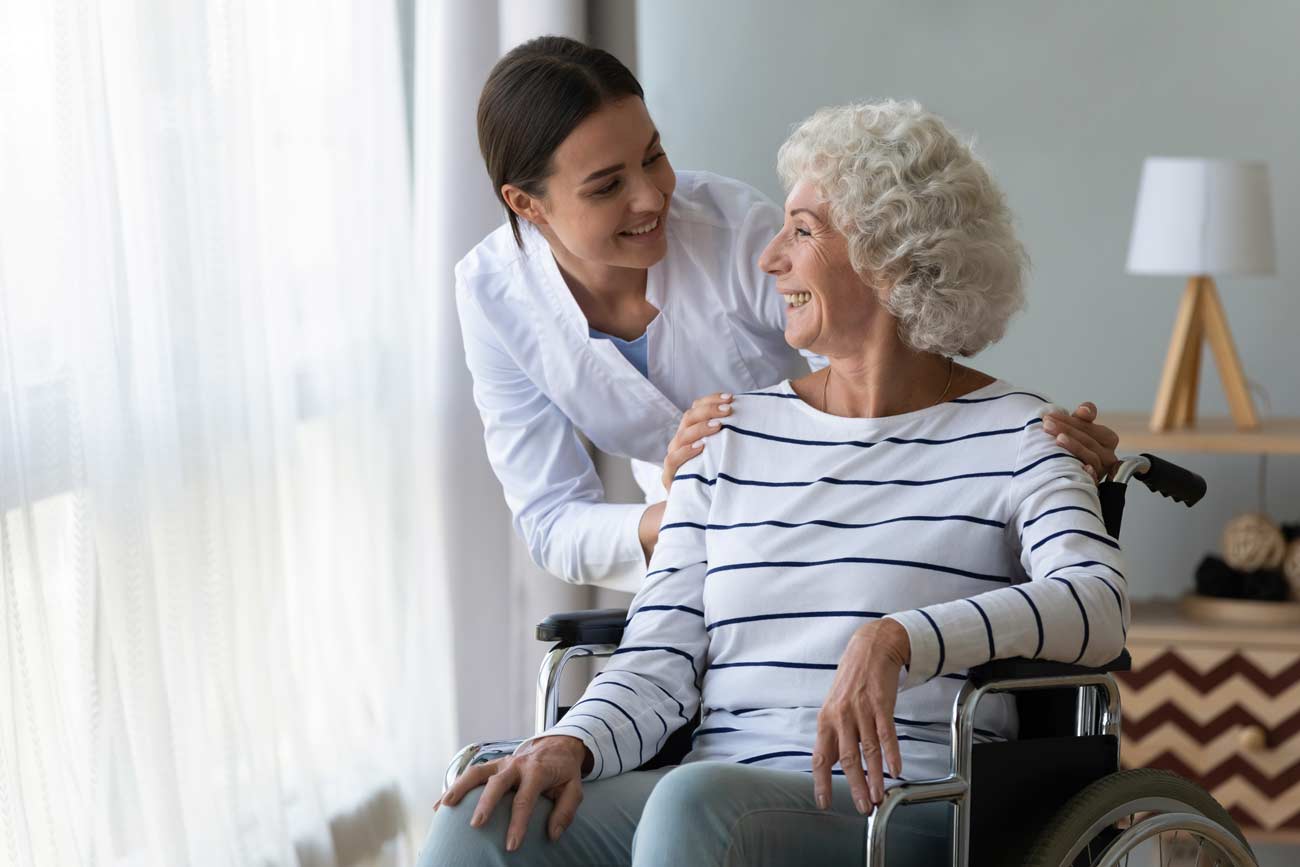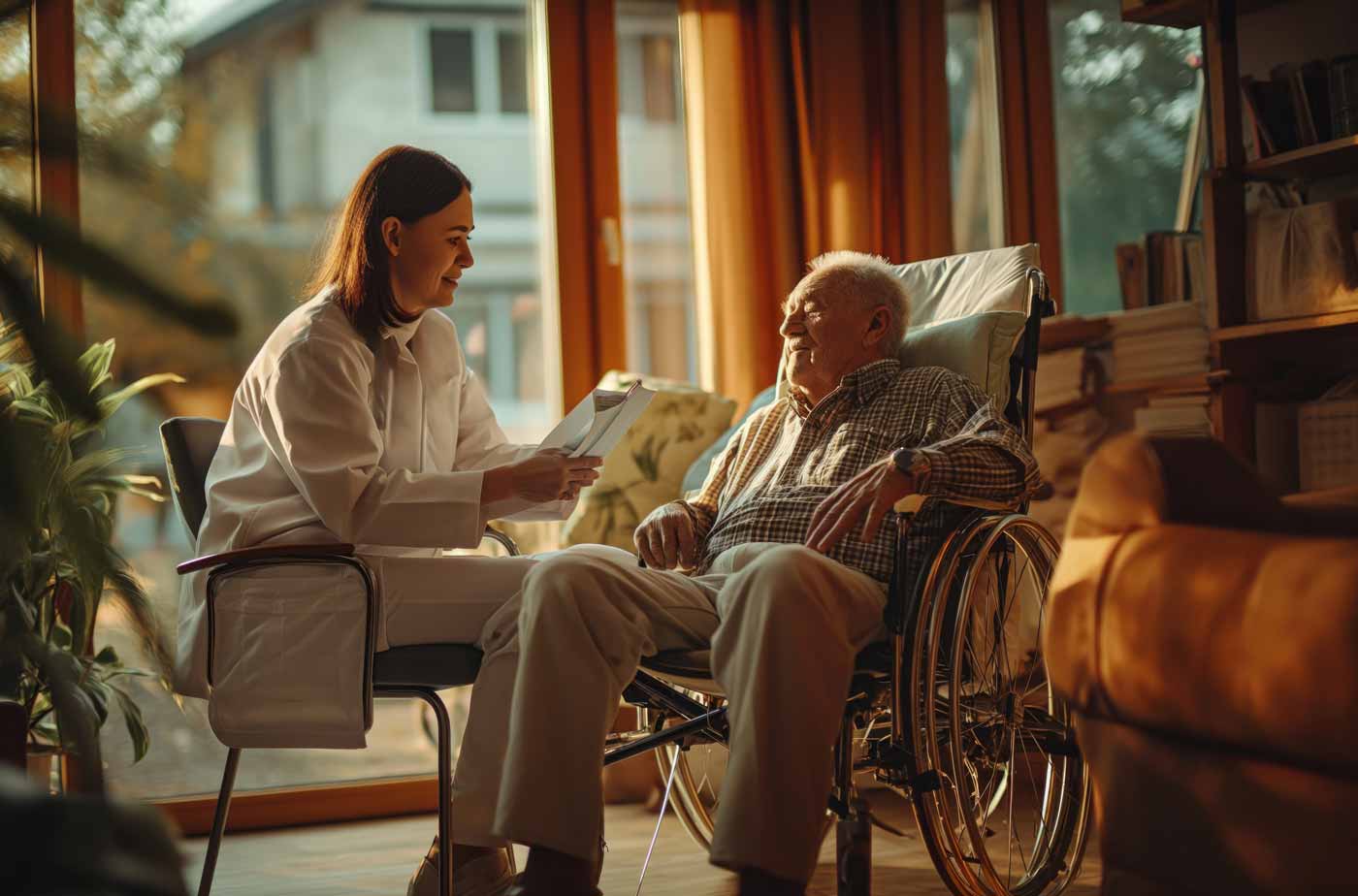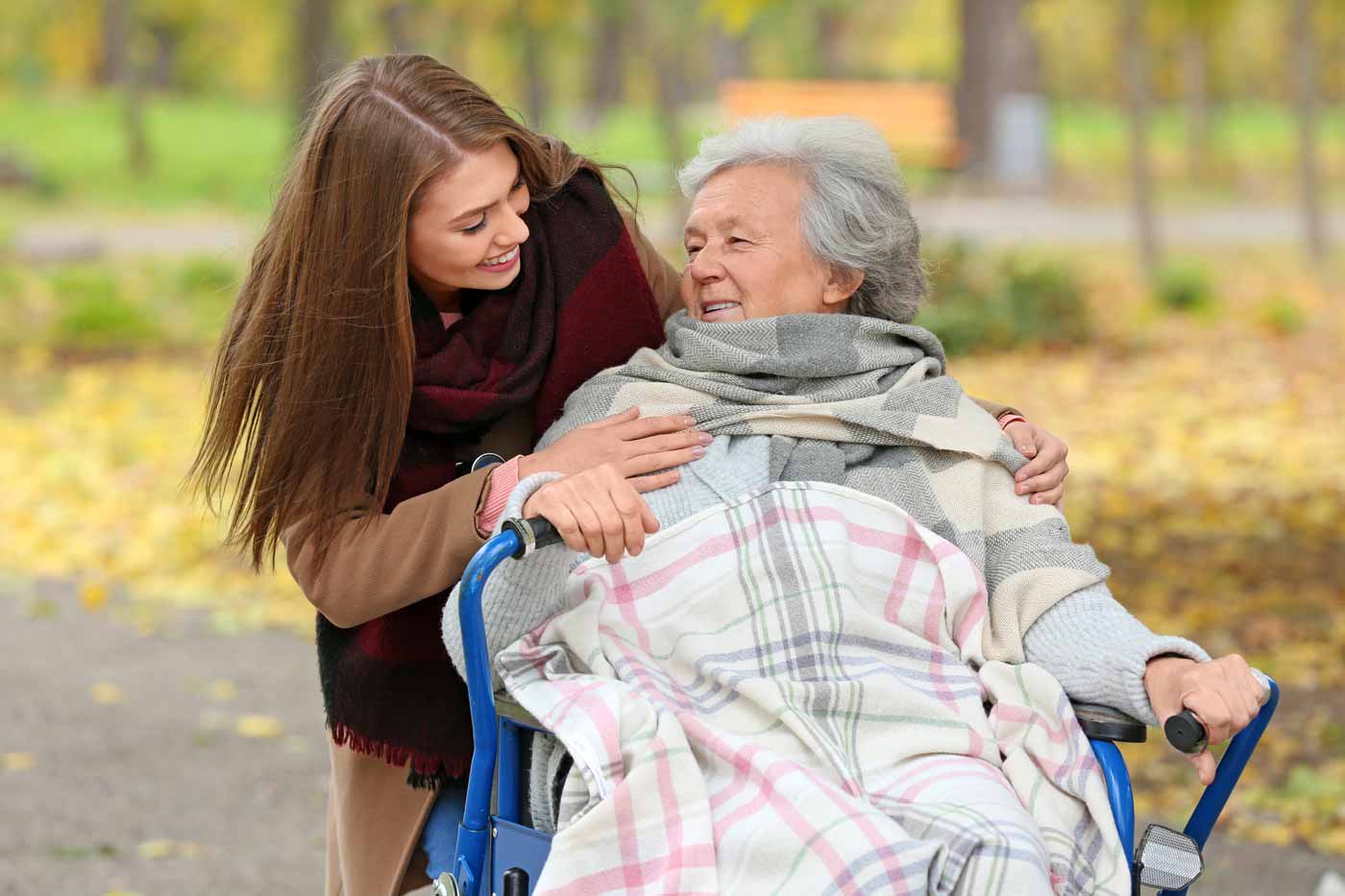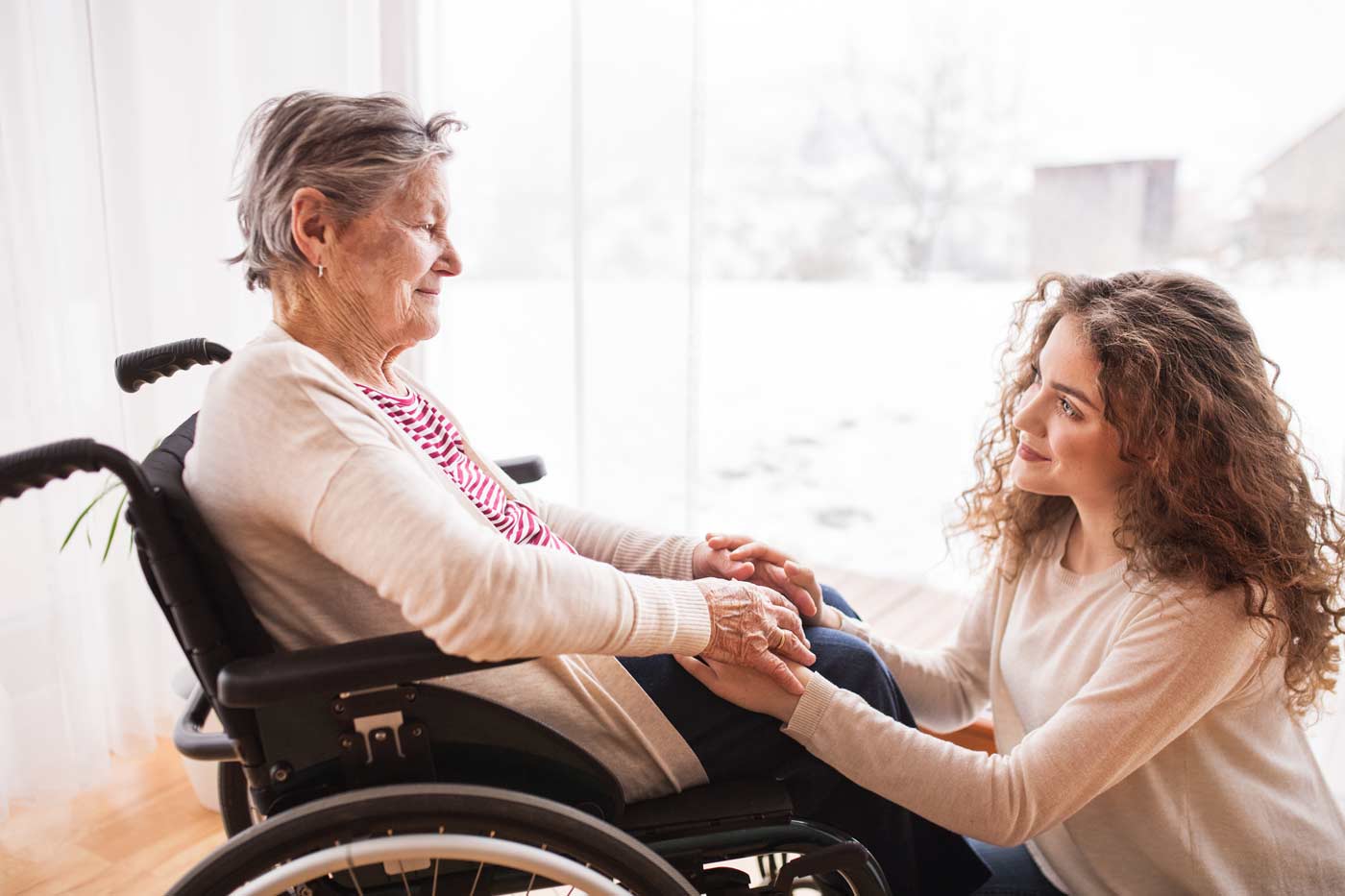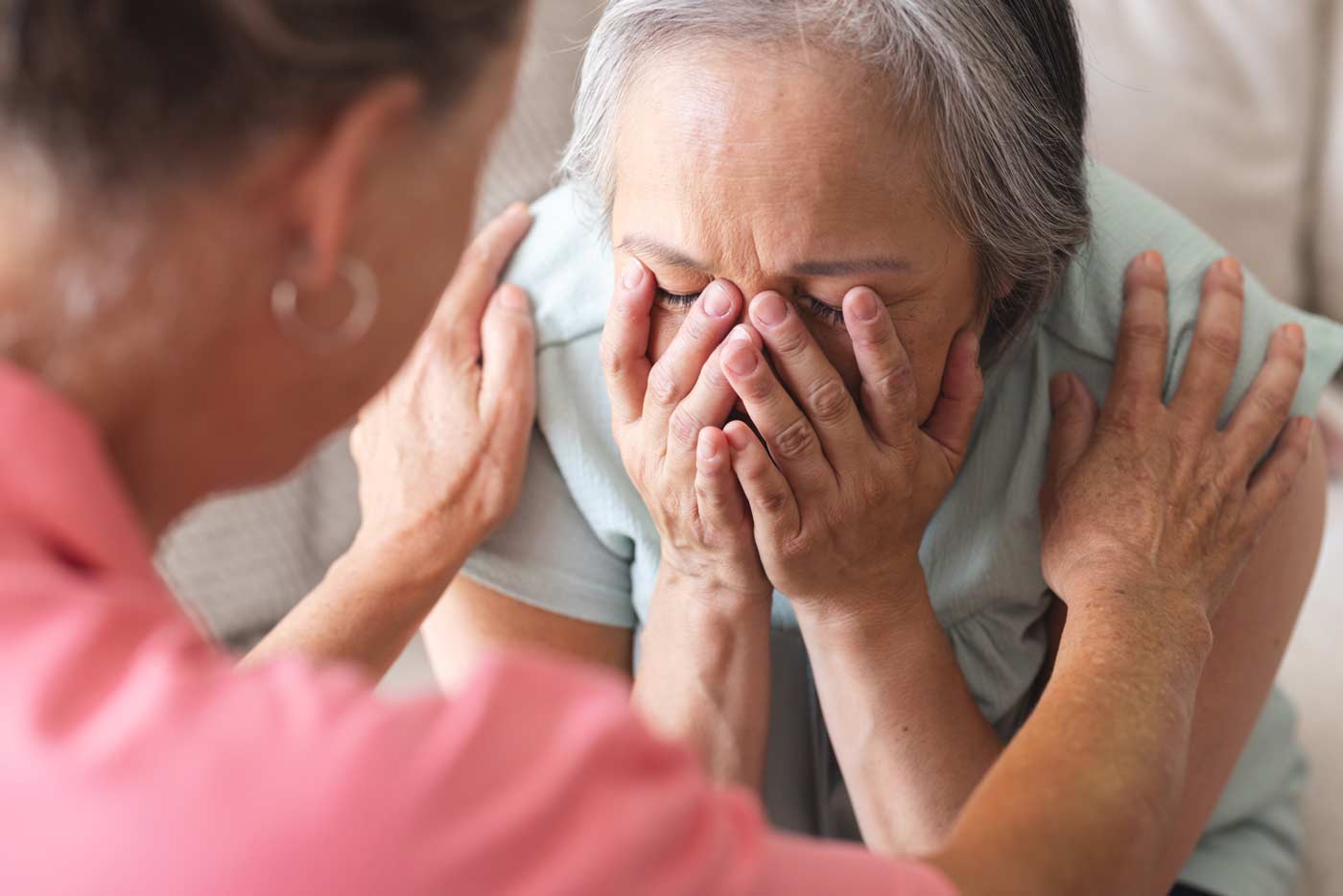Medicaid Cards in NY
In New York state, Medicaid cards are distributed as Common Benefit Identification Cards (CBIC). The CBIC is used as an identification tool for several people who are using different government benefit programs including Medicaid. If you already have a CBIC card, you will receive your Medicaid benefits by using this card at doctor visits and healthcare appointments, but if you’ve never received any other type of government benefits, the CBIC card in New York may be new to you.
To obtain a Medicaid card for the first time, individuals must first find out if they qualify for Medicaid. Medicaid is a government program that’s available to low-income people including families and children. Pregnant women, people with disabilities, and the elderly are covered by this program as well. To find out if you qualify for Medicaid, take a look at this chart.
Once you’ve qualified for Medicaid and received your CBIC card, you should be aware that you need to reapply for Medicaid every year. Keep your Medicaid ID number on file just in case your card is lost, stolen, or damaged. Though it is possible for someone at the Department of Health and Human Services to locate your Medicaid ID number if you were to lose it, having it on hand will make the process of getting a replacement Medicaid card much easier.
Family members will all receive separate Medicaid cards and it’s important to present these cards at all healthcare appointments and prescription medication pick-ups even if the appointment or prescription medication isn’t covered. Take steps to keep your card safe, but if it is stolen, lost, or damaged or if there is fraudulent activity reported on your card, you can contact the Department of Health and Human Services for a replacement.

